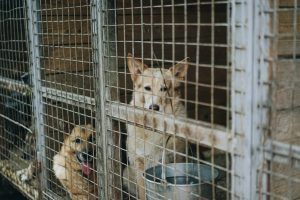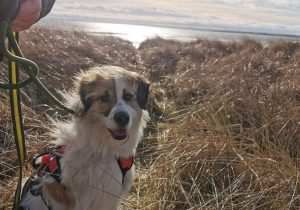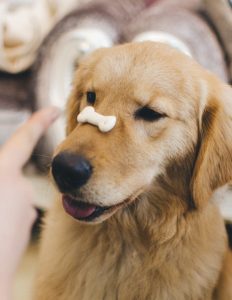Need help with Reactive Dog Behaviour? Join my FREE Facebook support group...
Needs First…
If you ever wondered why your dog behaviour training isn’t working properly, or even at all. It might be because the underlying issue hasn’t been fully addressed yet.
Many of my clients come to me believing they have tried everything. They’ve bought clickers, tried every kind of treat, and taught their dog all kinds of games and tricks! But, if the underlying problem doesn’t get fixed then the training will either not work at all, or if it does, it’ll wear off pretty quickly.
Polar bear rehab!
I came across a story recently about a group of polar bears and it perfectly illustrates what I’m getting at.
Polar bears are normally fiercely aggressive and territorial, especially towards other polar bears. But when a sperm whale carcass washed ashore it attracted a large group of hungry bears. The bears didn’t fight over it. Instead, they all tucked in together and filled their belly’s. And then they did something Polar Bears never do, they started to play together!
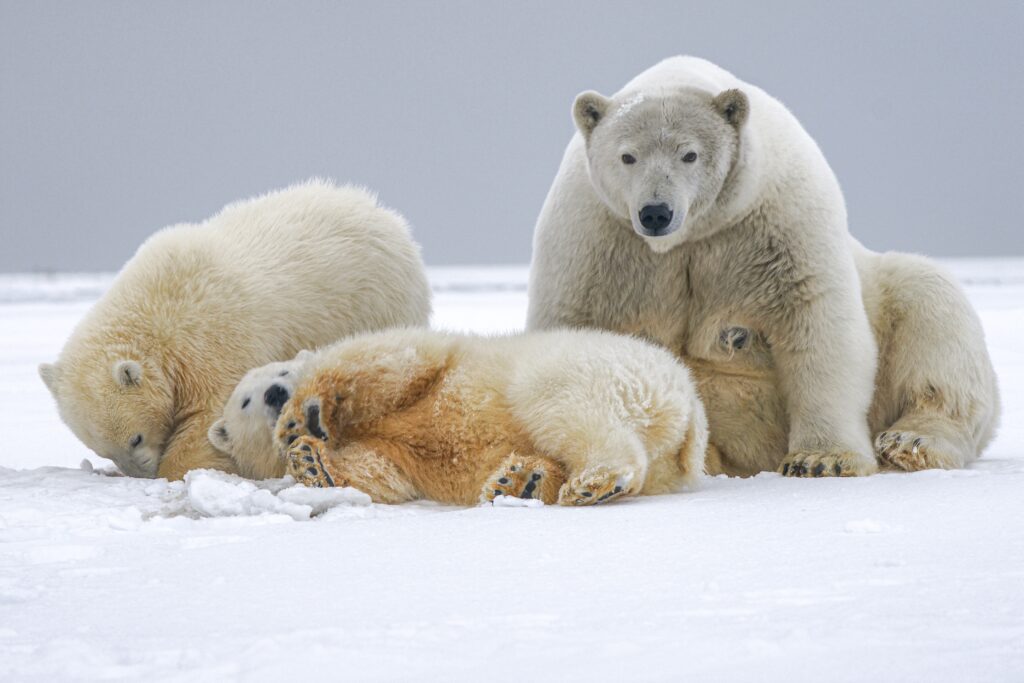
I go on about Maslovs pyramid a lot when I talk about dog behaviour. It tells us that when we satisfy the animals most primal needs, other stresses and anxieties go away and their behaviour will naturally change. These Polar Bears had no reason to protect their meal or territory. For once, there was more than enough food to go round. So they relaxed and went back to being playful bear cubs for a while.
The need to resource guard is massively ingrained in these animals. But there was no bear trainer reinforcing calm behaviour with handfuls of cheese, no hemp oil, or harnesses, or clickers. They just relaxed because they finally could.
Maslovs Pyramid
In this diagram you can see that the most primal needs are at the bottom. The further up the pyramid you go the lower the priority the need becomes. For example, a dog can’t live without food and water (as seen in the bottom section of the pyramid). But, he might manage for a while without friends and family (in the middle yellow section). At the top we have the least important need – this is creativity and learning.
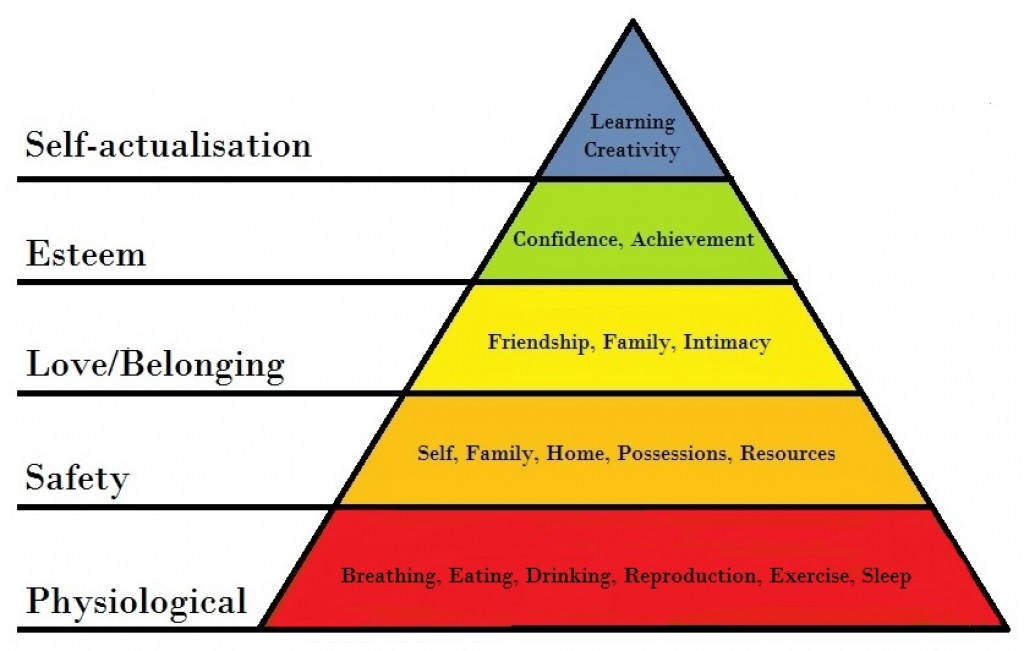
So often we try to solve behaviour problems by focusing on training and creativity. But, in the example above, we can see that to solve an ingrained territory and resource guarding problem in these bears, we only needed to produce enough resources for them to thrive on. No longer did they feel the stress of finding food that they started acting like cubs again. At that time, they didn’t need to defend their territory and protect their limited resources. Of course, we all know what will happen when they run out of whale. But, it shows that even wild animals can be so adaptable with their behaviour.
So, how does this help with dog rehabilitation?
At the end of the day, dogs are just animals too, so we can apply these ideas to our dogs behavioural issues. If a dog is worried about security at his home he’ll go on guard duty, and defend his home and family, if necessary. We could spend weeks teaching him to “speak” then “quiet” so we can control the barking out the window. Or we could teach him to “sit” and “stay” when deliveries arrive so we can stop him lunging at them. Or give him a puzzle toy to stop him pacing around while people are in for a visit. But, he’ll still be worried.
And then what happens when you don’t have treats, puzzle toys or you’re not there? Show him he has nothing to worry about and he will stop barking and lunging, and might fetch a toy – all by himself!
Solving the underlying issue often appears like you are avoiding the issue, when actually it’s ridiculously powerful! And never more so than when you are working with street dogs.
What do I do when he’s barking at someone?
I’m often asked how to handle the unwanted behaviour while it’s happening, but that’s missing the point. Reacting to an unwanted behaviour at the time that it’s happening is going to feel like hard work, and it’s not going to get you great results.
As we can see here, if you can get to the source of the problem, the rest might just solve itself.
How can I help you with your dogs behaviour?
Private Dog Behaviour Consultations are currently available in the Dundee area and beyond. If you are looking for help solving your dogs behaviour and training problems, then please get in touch!
